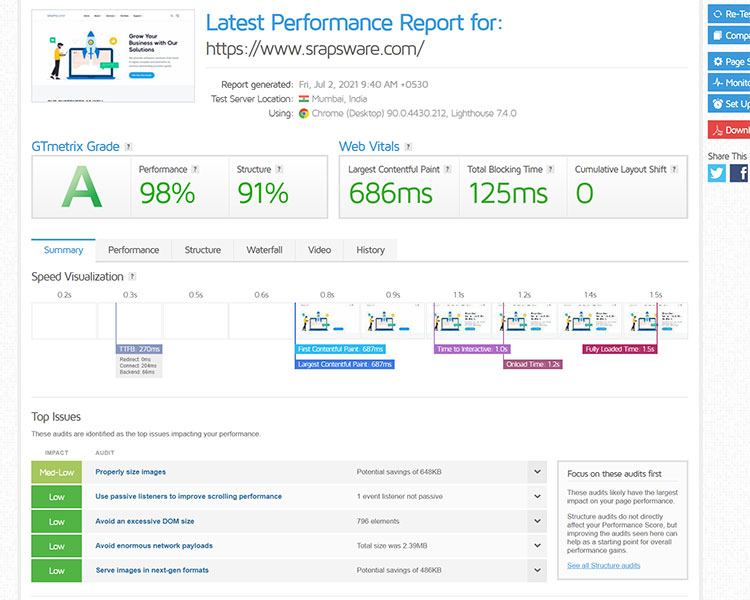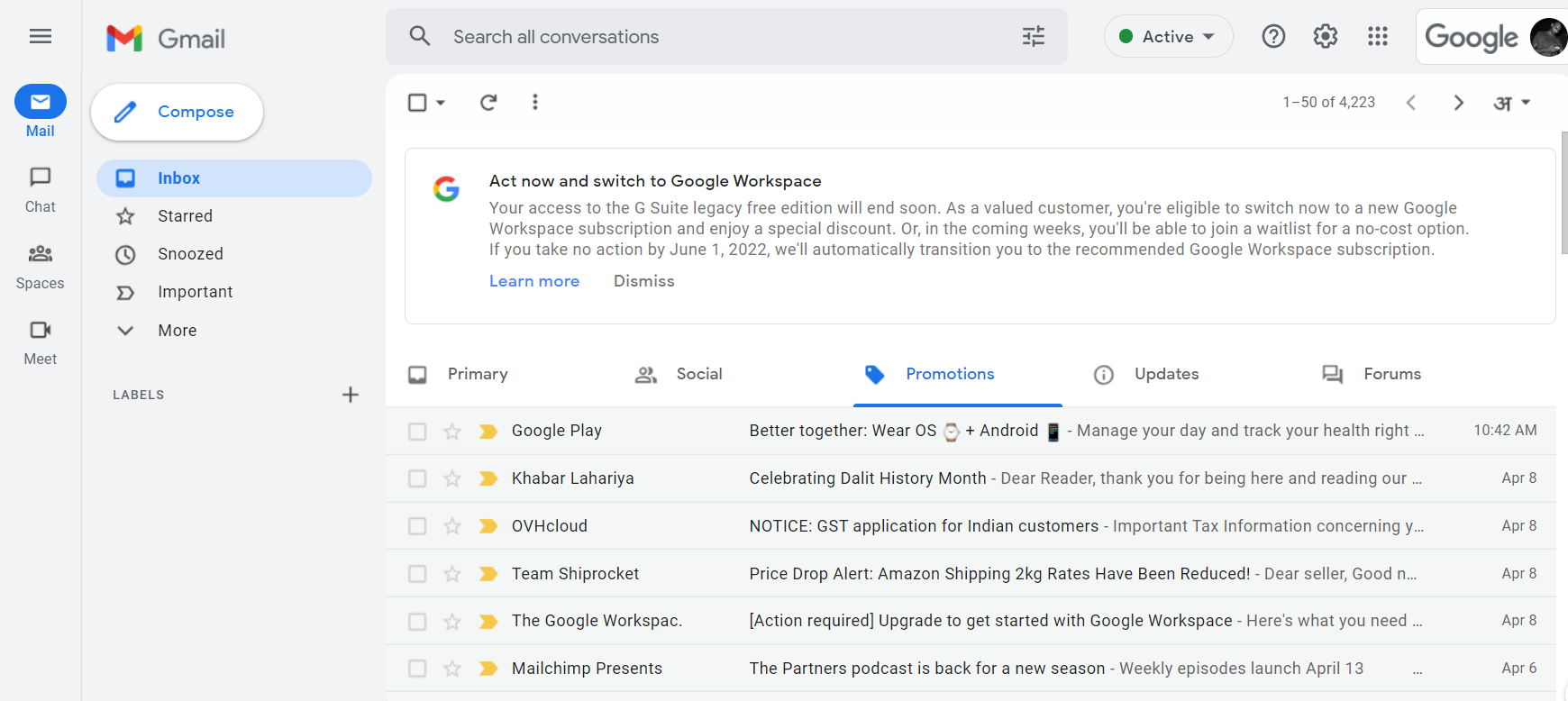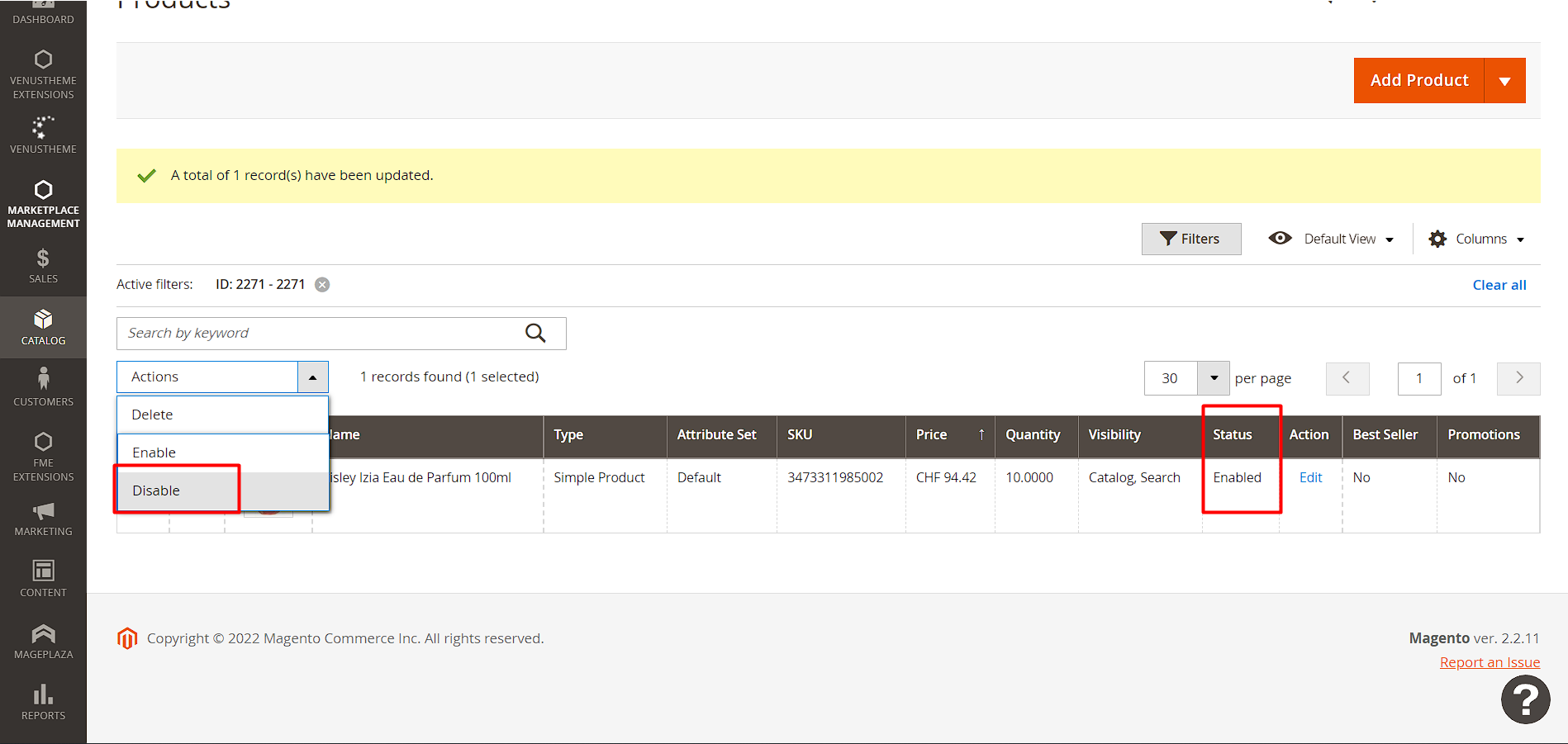The world’s getting crazy for Serverless Architecture
We are pleased to announce that we have relocated our official website to Netlify and using Jekyll for page generation and using Netlify Headless CMS for managing Post, Portfolio and Testimonial and more.
What are the benefits of this enhancement?
Now files hosted at GitHub so saving the cost of hosting and directly deploying from GitHub so there is no loss of data or any speed related issues.
1: Serverless is easy to deploy
A serverless approach for your application could be perfect. If you need to spin up an app fast, serverless might be your solution. Instead of weeks and months to deploy an app, you can do it within hours and days. The reason behind this is that you don’t have to concern yourself with infrastructure. You can focus on the code and release it immediately. Scalability is automatic and you don’t have to worry about any provisioning needs.
2: Low cost
Going serverless is a great way of cutting costs. That’s because you’re outsourcing the responsibilities of managing servers, databases, and some logic. Besides the actual cost, serverless takes less computing power and human resources. There’s no reason why you need to build a server from the ground-up on your own. Since serverless takes care of the infrastructure, you can focus on the server-side code that matters. There are situations where the cost isn’t that much cheaper, but it’ll depend on your use case.
3: More Time For UX
If your application caters to customers, remember this: customers don’t care about infrastructure. They don’t get to see all the code that you’ve written for your back-end. The only thing they’ll notice is the front-end code. The user interface and experience are more important to them. So why not focus on allocating resources to elements that keep customers happy?
4: Better scalability
If you’re aiming to be the next Google, you need to consider whether your server can handle a load like that. Going with a serverless architecture allows you to roll with the punches. If your app succeeds and grows, it’ll be easy to stage changes that accommodate the growth. If not, then no harm done! There’s no need to provide infrastructure without knowing whether it’s needed for sure. That’s a huge benefit.
5: Improved latency
Serverless architectures usually have access points on a global scale. That means that it’ll be easier to handle users from every corner of the world. This way, you can scale without affecting the performance of your application. As an example, imagine that you host a server the traditional way on the West Coast. If a user from the East Coast uses your app, they’d have to send a request the entire distance and back. For a serverless architecture, it would only go as far as the closest serverless node, which might be on the West Coast! The only potential downside is cold starts, which is the ramp-up time for an app to build and to be placed in a container.
6: “Greener” hosting and computing
Companies that host data centers or their own servers need to run their servers at all times. Think about all the huge data centers and the physical resources needed to build these centers. Think about the energy needed to keep them running. The good thing about serverless architecture is that you can buy servers on demand when you need it. This can reduce the resources needed to keep various companies online.
7: Improved flexibility
It’s easier to begin the implementation of an app with serverless than it is with traditional methods. Because of that, going serverless means you can innovate faster as well. When you can see tangible results return immediately, you can move on to the next project. You can start building your next feature or your next microservice. The serverless architecture provides this benefit when you’re not bound by constraints. It’s also easier to pivot in situations where you need to restructure.
8: Happier customers
This will depend on the company in question. Serverless architecture can potentially lead to happier customers. A company that can draw up new servers and ship features faster means that customers can access these new features. Nobody wants to wait an entire year for small fixes. Through serverless, you don’t have to worry about infrastructure. You can release logic and features quickly that will improve the user experience.
9: Serverless is more efficient
A serverless architecture means that you pay per request. If you had a traditional server, you’d keep it running at all times. With a serverless architecture, you’re only charged when the server’s used. That means there is less waste generated as well. It’s also more efficient because you no longer have to worry about scaling. Infrastructure, setup, capacity planning, and DevOps are no longer your concern.
10: It’s just freaking awesome
Look, I’m going to level with you. I could only think of 9 awesome benefits of serverless technology but I just couldn’t let this article be: “9 benefits of serverless”, it didn’t sound right to me. With that being said, I’m going to say that the 10th benefit of serverless is its awesomeness and the awesomeness of the people in the serverless community.

You can see our new website speed score here on Gtmetrix




